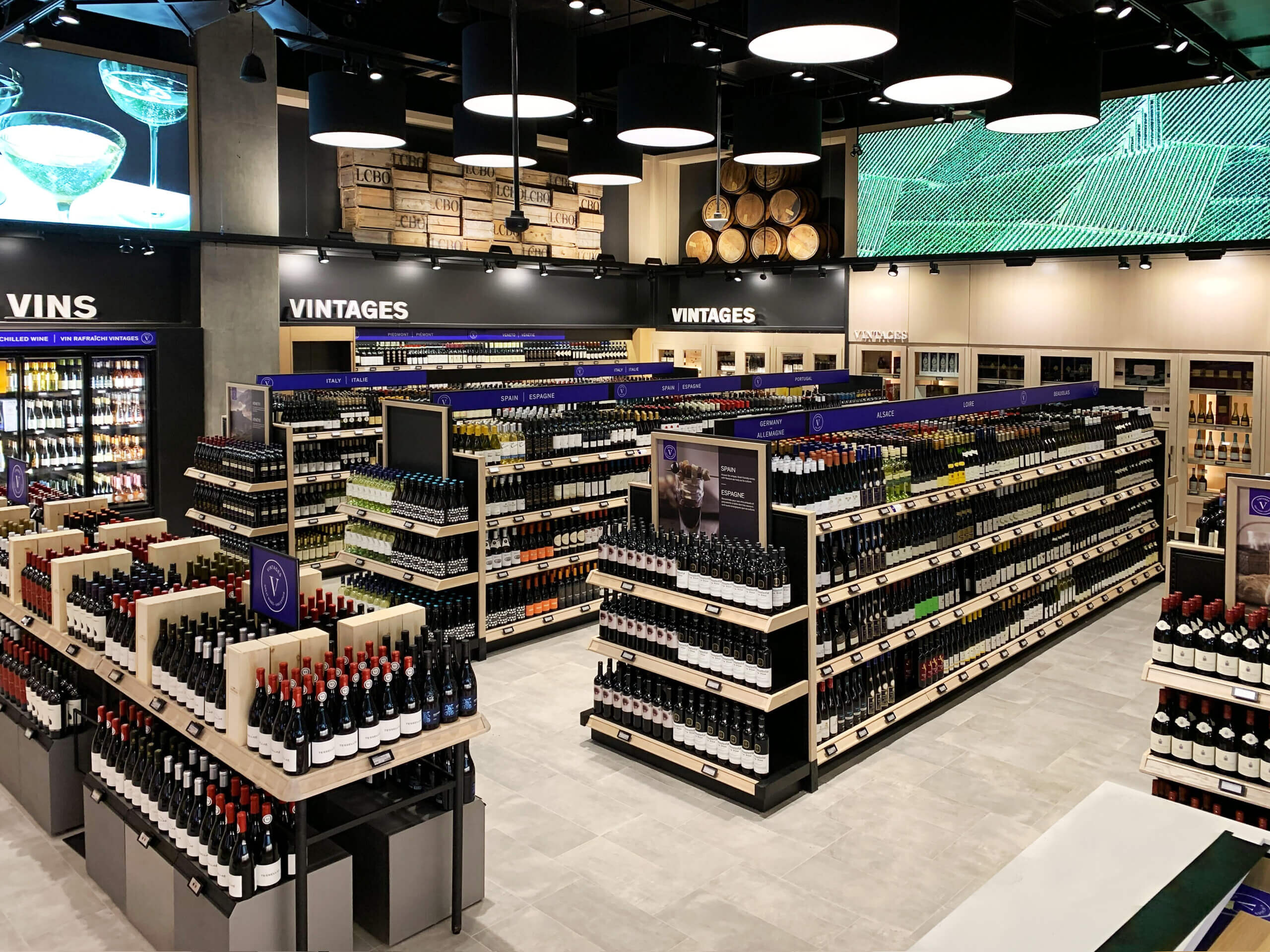
In the fast-paced and dynamic landscape of retail, the future of shopping is increasingly shaped by technological advancements and changing consumer behaviors. Technology permeates every aspect of our lives, and the shopping experience is no exception. From the convenience of online shopping to the sensory-rich environment of brick-and-mortar stores, the future promises a seamless integration of these elements to cater to the diverse needs and preferences of modern consumers.
One of the most transformative shifts in shopping habits has been the rise of online retail. With the ubiquity of smartphones and high-speed internet, consumers can now explore a global marketplace from the comfort of their homes. The convenience of online shopping is unparalleled, allowing shoppers to browse a vast array of products, compare prices, and make purchases with just a few clicks. E-commerce giants and small businesses alike have embraced this wholeheartedly, creating a competitive landscape that continually pushes the boundaries of innovation. However, the future of shopping is not limited to the digital realm. “We are entering the world of “phygital” – physical and digital at the same time, where there is not a physical world or digital world in retail, but rather a completely connected one,” explains Eric Hazen, Sr. Partner, McKinsey Paris.
Traditional brick-and-mortar stores are adapting to the changing landscape by incorporating technology to enhance the in-store experience. Augmented reality (AR) and virtual reality (VR) technologies are being used to create immersive and interactive shopping environments. For example, customers can virtually try on clothing or visualize furniture in their homes before making a purchase. This convergence of online and offline shopping experiences is blurring the lines between the two, providing consumers with a holistic and personalized approach to their shopping journeys.
According to a Retail Industry Leaders Association report prepared by McKinsey & Company, the line blurring between digital and in-store purchases, a seamless omnichannel experience has evolved from a “nice to have” to a “must have.” As Craig Menear, Chairman and CEO of The Home Depot noted, “Our digital platform is the front door of our store. Customers are taking us down that path – purchasing online and using online platforms as the start of the shopping experience, even if it ends in the physical world.”
Price has always been a significant factor influencing consumer choices, and the future of shopping is no exception. The ability to easily compare prices across different platforms and make informed decisions has empowered consumers. Price transparency has become a key feature of the modern shopping landscape, with numerous price-comparison tools and apps available to assist shoppers in finding the best deals. As a result, retailers are under constant pressure to offer competitive prices and value-added services to attract and retain customers.
While price remains a critical consideration, the future of shopping also places a strong emphasis on customer service. In a world where options are abundant, consumers increasingly prioritize exceptional service as a deciding factor in their purchasing decisions. When shopping for services such as travel or subscription-based products, the importance of customer service often surpasses price considerations. Businesses are investing in chatbots, artificial intelligence (AI), and data analytics to provide personalized and efficient customer service, anticipating the needs of customers and addressing concerns in real-time.
The integration of technology in customer service extends beyond online interactions. In physical stores, smart technologies such as sensors, beacons, and AI-powered assistants are being deployed to enhance the in-person shopping experience. These technologies can provide personalized recommendations, streamline the checkout process, and offer real-time assistance, creating a seamless and enjoyable shopping journey.
As Javier Quiñones, president and CSO at IKEA US, noted, “Being a purpose led brand starts with the ‘why’ behind what we are doing. For IKEA, it always comes back to our mission to make life better for people, and that’s not just our customers but society as a whole. People will not only buy from but also buy into brands that stand up for their values.”
Sustainability is emerging as a critical consideration and of high importance for many consumers and retailers. Eco-conscious consumers are increasingly seeking products and brands that prioritize environmental responsibility. Retailers are responding by adopting eco-friendly practices, from sustainable sourcing and packaging to energy-efficient operations. Technology plays a pivotal role in this shift, enabling supply chain transparency and traceability, allowing consumers to make informed choices about the environmental impact of their purchases. According to McKinsey research, 70 percent of consumers will pay a premium of more than 5 percent for a green product as long as its quality matches that of a non green alternative. McKinsey also noted that 80% of retailers believe company actions matter to consumers, and 64% believe those actions affect purchase decisions.
The future of shopping is a dynamic intersection of technology, consumer preferences, and sustainability. As we navigate this evolving terrain, it is clear that the future of shopping will be defined by a delicate balance between technological innovation and a deep understanding of consumer needs and values.


